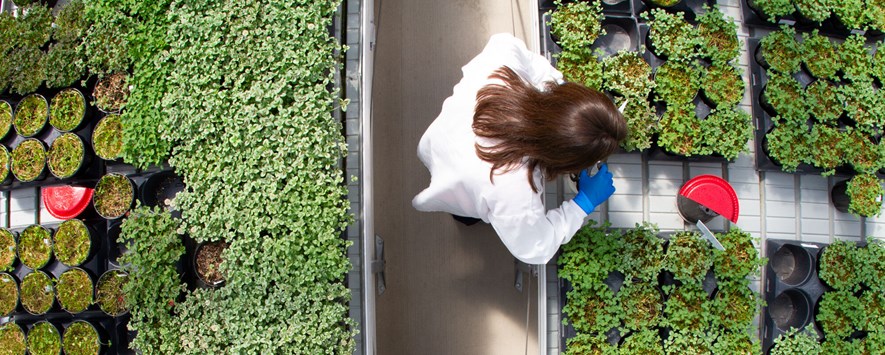The purpose of Ag News and Views articles is to provide timely management information to producers. However, it is sometimes difficult to come up with timely soil fertility tips in the dead of winter. So, I want to use this article to address commonly asked questions regarding the role of nitrogen, phosphorus and potassium in plants and outline the characteristics of their primary fertilizer sources.
In general, nitrogen is responsible for increased yield and quality, and as nitrogen rates increase, so does yield. The role of phosphorus and potassium in the plant is maintenance. Both are found in high concentrations in areas of new growth and are responsible for keeping the system operating smoothly.
Nitrogen
Nitrogen is primarily responsible for vegetative growth. Nitrogen assimilation into amino acids is the building block for protein in the plant. It is a component of chlorophyll and is required for several enzyme reactions.
Nitrogen Fertilizer Sources
Anhydrous ammonia (82-0-0)
- Gas under normal conditions, liquid under high pressure and low temperature
- Usually the least expensive source of nitrogen fertilizer (per pound nitrogen)
- Typically applied by injection into the soil (slower application)
- Most nitrogen fertilizer sources are made from anhydrous ammonia
- Safety and theft is a concern
Urea (46-0-0)
- Dry prill
- Usually the second-cheapest source of nitrogen fertilizer
- Very water soluble and plant-available after chemical transformation
- Subject to volatilization losses when surface-applied under adverse conditions
- Can blend with most dry fertilizer sources (except for ammonium nitrate)
Ammonium Nitrate (34-0-0)
- Dry prill
- Expensive per pound nitrogen
- No risk of loss when surfaceapplied
- Very water soluble and plantavailable (excellent agronomic properties)
- Best for mid- to late-summer applications
- Threat of being phased out due to classification as a hazardous material
UAN solution (32-0-0)
- Liquid composed of one-half urea and one-half ammonium nitrate
- Urea portion is subject to volatilization losses when surface-applied under adverse conditions
- May cause burning if applied on foliage in warm weather
- Can be mixed with some herbicides to reduce the number of applications
Phosphorus
Phosphorus is a major component in plant DNA and RNA. Phosphorus is also critical in root development, crop maturity and seed production.
Phosphorus Fertilizer Sources
Diammonium Phosphate (18-46-0)
- Dry granular
- Water soluble and plant-available
- Easy to blend with other dry fertilizer sources
Ammonium Polyphosphate (10-34-0)
- Liquid
- Water-soluble and plant-available
- Difficult to blend with other fertilizer sources
- Often used as a "starter fertilizer" at planting (banded in or near the furrow)
Potassium
The role of potassium in the plant is indirect, meaning that it does not make up any plant part. Potassium is required for the activation of over 80 enzymes throughout the plant. It's important for a plant's ability to withstand extreme cold and hot temperatures, drought and pests. Potassium increases water use efficiency and transforms sugars to starch in the grain-filling process.
Potassium Fertilizer Sources
Potassium Chloride - Potash (0-0-60)
- Dry granular
- Very water-soluble and plantavailable
- Easy to blend with other dry fertilizer sources
- Also provides chlorine (essential micronutrient)




